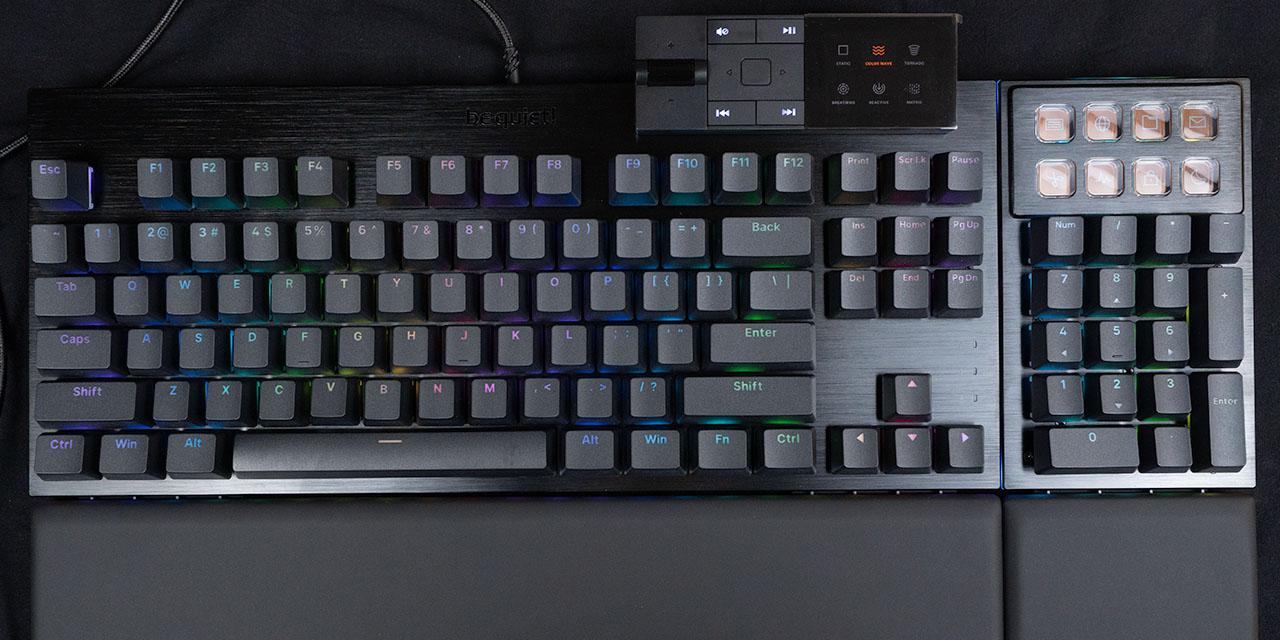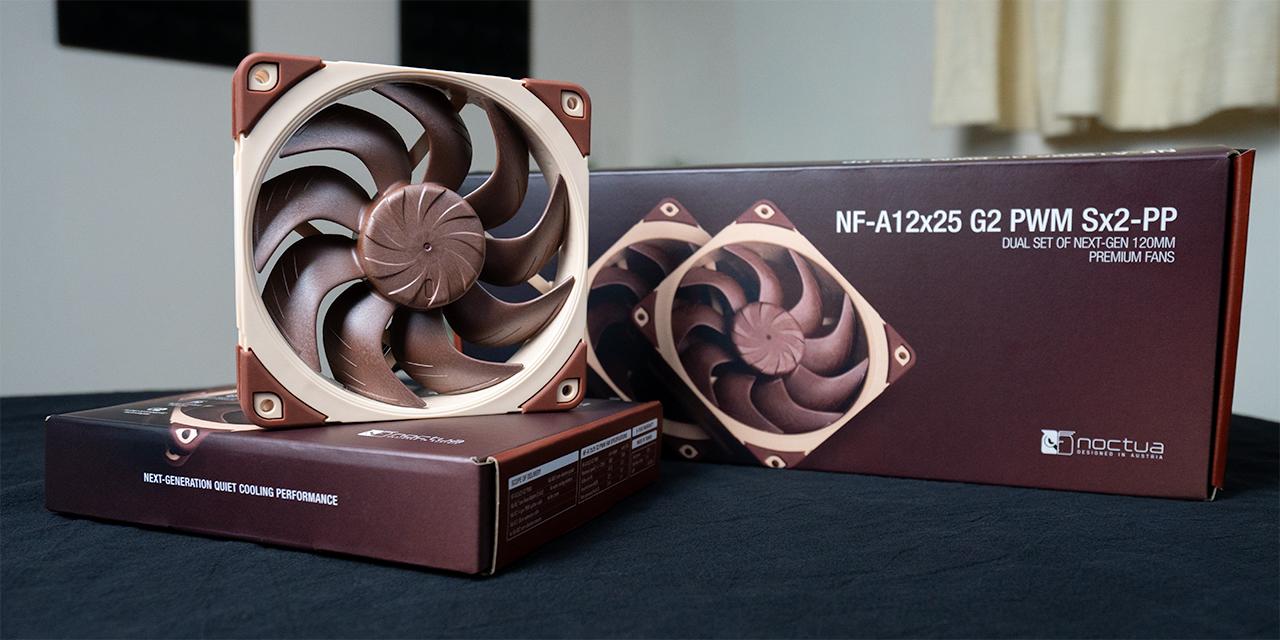By: Ronald Chow (Guest Editor)
October 25, 2024
In the past year, I have been tuning into a particular streamer on YouTube. No, I have not been watching one that involves gaming, building things, singing, binge eating, or cooking. Perhaps at one point in my life, those were all streams that I would have watched, but I wanted something a little more adventurous, a little more exciting, a little more spice. Obviously, my choice would be to watch a guy walking around Japan talking to himself for hours on end, right? Perhaps you may detect a bit of sarcasm there, but that is exactly what I have been watching. Of course, he does not talk to himself only, he also answers questions and comments from chat. When he first started his walking adventures, he was using a simple setup with earphones that had an inline microphone. For the most part, it worked pretty well, as the viewers could hear him quite clearly, but at times, the wire would snag, or the microphone would pick up wind and other background noises. This often galvanized the chat to comment and complain about his microphone situation. Further down the road, he wanted to improve his streaming setup to provide a better viewer experience. One of the things he opted to upgrade was a wireless lavalier microphone. Although the ones he tried were quite expensive, he still needed to experiment with a few brands before settling on one. Today, we have the aLLreLi M5 wireless lavalier microphone, which is similar in function to the mobile streamer’s use. However, it can be found at a fraction of the price from mainstream brands. Let us see how it performs and whether or not it can deliver on its great value proposition.

Our review unit was sent through a packaging forwarding service via DHL in a larger cardboard box with a piece of craft paper to cushion. It arrived at our APH Networks offices in Calgary, Alberta in very good condition with the retail package free of damage.

The retail box for the aLLreLi M5 wireless microphone is very minimal. Curiously, the box is devoid of the name of the brand and model of the microphone. The front of the box features a render of the microphone kit in the center with “Wireless Microphone” in small font on the bottom left corner. The right of the box tells you it can be used for direct seeding, interview, exploring shops for shooting, and short video. The left side of the box shows four features including wireless connection, noise reduction, echo or reverb, and volume control. Finally, on the rear, there is another rendering of the kit with all the components pulled out. There is a space of a label near the bottom and a few certification markings.
Below are the technical specifications dug out from the M5’s manual:
Wireless transmission: 2.4GHz
Sound delay:<20ms
Frequency response: 20Hz-20KHz
Sensitivity: -35dB
Signal to noise ratio: -65dB
Transmission distance: 20 meters (turning) - 40 meters (visible)
Microphone: 360 degree omnidirectional
Range:
Microphone: 7H
Paired with charging compartment: 15H
Battery capacity:
Microphone: 80mAh
Charging compartment: 240mAh
Input voltage: DC4.5-5.2V
Adapter: 5V/1A
Weight:
Microphone: 8 grams
Receiver: 6g
Charging Station: 32g
Size:
Microphone: 40*18.2*11mm
Receiver: 47*14.8*7.6mm
Charging Station: 60*54*18.5mm

Out of the box, the microphone is packaged in dark gray foam with some plastic peels to protect the glossy smoked plastic. Below, there is a smaller box that includes the power-only USB Type-A to Type-C cable and two furry windshields. The microphone kit includes two wireless lavalier microphones, a USB Type-C receiver, Lightning receiver, magnetic charging station, and the manual.
Page Index
1. Introduction, Packaging, Specifications
2. Physical Look - Hardware
3. Recording Performance Tests
4. Conclusion





